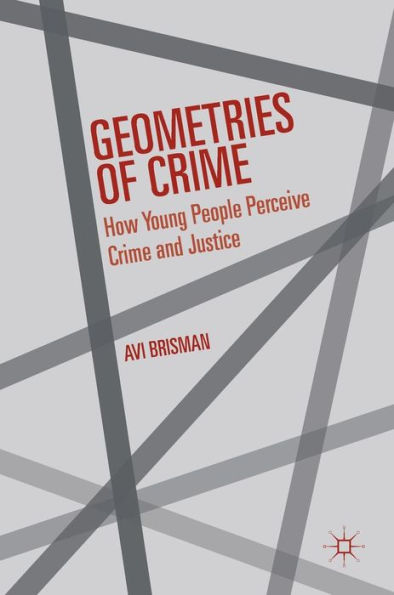From the Publisher
“This book is about how we define crime. Anthropologist and criminologist Avi Brisman examines the theoretical analyses of criminologists who abstractly define crime in its multiple dimensions. He juxtaposes these geometries of crime against the common sense everyday understanding he derived from an ethnography of Brooklyn teens. In doing so Brisman challenges the chefs of criminology to respect the ingredients of the Street and to transcend the adult-limited perceptions on which such analyses are based. The result is a rich feast of subtleties and nuances that nurture the criminological imagination and add missing flavors to our thinking about what constitutes crime.” (Stuart Henry, Director of the School of Public Affairs, San Diego State University and co-editor of What is Crime?)
“This perceptive ethnography offers a rare look into the inner workings of a diversionary Youth Court program, providing important insights into how young participants make sense of notionsof law and order and how the court operates to construct definitions of criminality, delinquency and meaningful justice. Throughout the book, Brisman raises salient and much needed questions about the complicated role of community courts and therapeutic jurisprudence, more generally.” (Carla J. Barrett, Assistant Professor, Sociology, John Jay College of Criminal Justice)
“Justice is in the eye of the beholder and criminal justice likewise depends upon the angle from which we view it. How people think and feel about criminal justice, including criminologists, is forged within particular social, cultural and institutional settings and contexts. This fascinating book asks us to open our ears to the voices of young people caught up in the juvenile justice system. If and when we do so, the architecture of the system will never be seen the same again. A must read.” (Rob White, Professor of Criminology, University of Tasmania, Australia)



